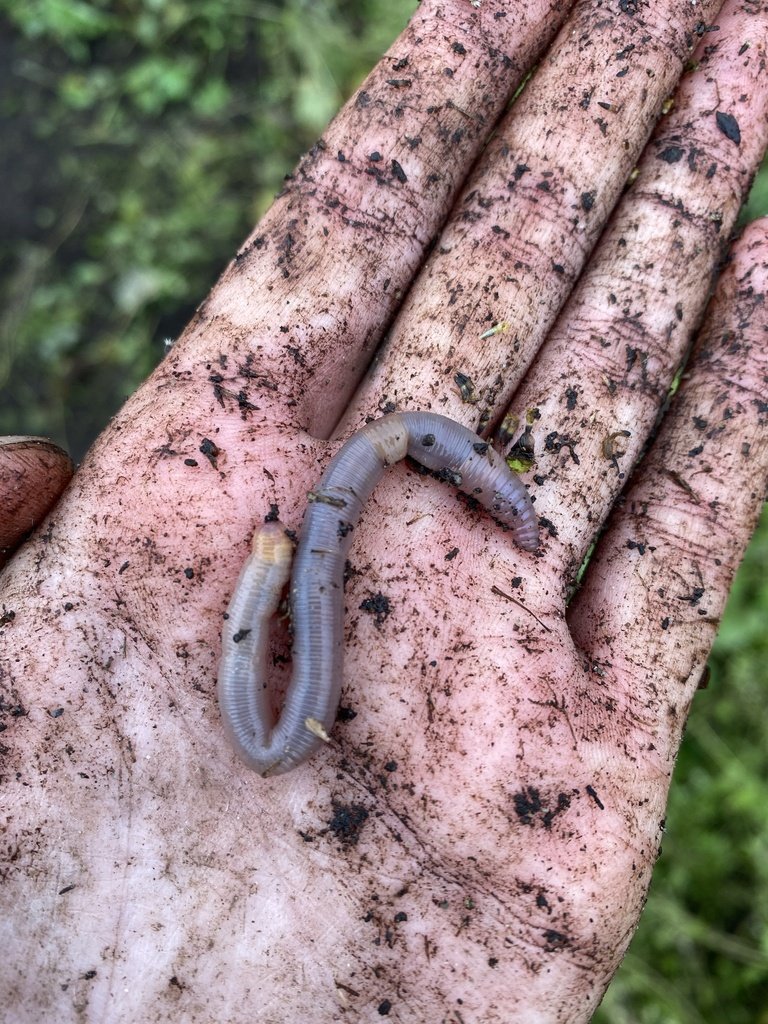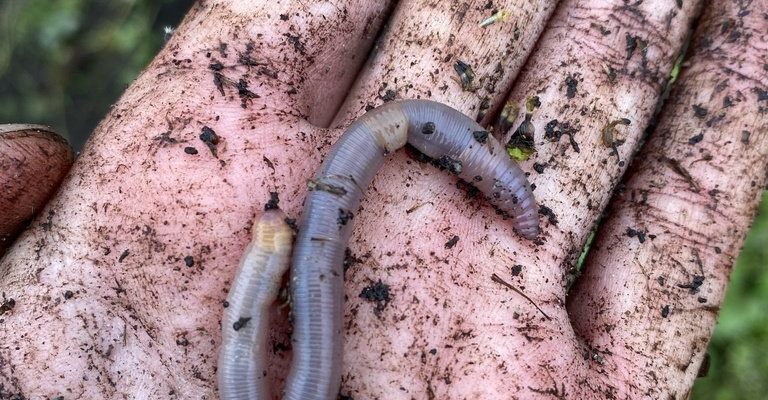
Honestly, identifying a grindal worm in the wild isn’t as straightforward as it might seem. They can look quite similar to other worms, and even environmental factors can play tricks on your perception. If you’re trying to spot these tiny critters, you’ll need to pay attention to their unique traits and behavior. Let’s dig deeper into this topic, so you’ll be well-equipped to identify a grindal worm when you see one.
What Are Grindal Worms?
Grindal worms, also known scientifically as *Enchytraeus buchholzi*, are small, white, segmented worms that typically measure around 1 to 2 inches in length. These worms thrive in rich organic matter and moist environments, usually found in compost or leaf litter. They’re not just any worms; they serve an important role in the ecosystem by breaking down organic materials, making nutrients more accessible to plants.
You might think of them as mini-recyclers. Like tiny composters, grindal worms feast on decaying plant matter, which helps enrich the soil. However, it’s not just soil health that they contribute to. In aquariums, they’re a popular live food option for fish, particularly for fry (baby fish), as they’re high in protein and easy to digest. This makes them a versatile choice for fish keepers looking to enhance their aquatic pets’ diets.
Understanding what grindal worms are sets the stage for recognizing them in the field. But spotting them? That’s where the challenges begin.
Identifying Physical Characteristics
When you’re out in the field searching for grindal worms, their physical traits can be your best guide. They usually have a slender, elongated body and a smooth, gelatinous texture. Unlike earthworms, grindal worms are much paler, and their skin can seem almost translucent. This coloration can make it hard to distinguish them against the soil or compost.
Here’s the thing: if you’re used to seeing darker, thicker earthworms, you might overlook a grindal worm completely. They often curl up or wiggle in place, which can lead to identification errors. To spot them more easily, look for their habitat. Grindal worms love damp environments, so digging around in rich, moist compost or leaf litter can significantly increase your chances of finding them.
You might also find it helpful to observe their movement. Grindal worms tend to squirm and twist around rather than crawl steadily like larger worms. If you see something short, wiggly, and white in your compost, chances are you’ve found a grindal worm!
Similar Species: The Confusion Factor
One big challenge in identifying grindal worms is the presence of similar species in their habitat. For instance, other types of enchytraeids or even smaller species of earthworms can look quite similar. This similarity can create confusion, especially for beginners who might not be able to distinguish between the various kinds of worms at a glance.
One common lookalike is the potworm, which is also small and white but typically prefers different habitats. While grindal worms thrive in organic-rich areas, potworms are often found in more compact soil environments. So, if you’re noticing worms in a grassy area, they’re likely not grindal worms, as they prefer moist, decomposing matter.
To avoid mix-ups, get familiar with the habitat preferences and behaviors of similar worms. Taking notes or observing their movements can help you refine your identification skills over time. The more you observe, the better you’ll become at spotting the key differences.
Environmental Challenges: Weather and Soil Conditions
The environment can play a significant role in your ability to spot grindal worms. For example, heavy rains can wash worms out of their usual habitats, making them harder to find or even leading to a temporary loss of population in an area. On the other hand, dry weather can lead to moisture loss in the soil, causing worms to burrow deeper, away from the surface where you’d typically find them.
Temperature also matters. Grindal worms thrive in cooler temperatures, so hunting for them in the peak heat of summer might not yield the best results. Ideally, early mornings or after a light rain can be the best times to search, as the environment is more conducive to their activity.
Keep in mind that soil composition affects how easily you can spot them too. Nutrient-rich organic material is their playground, so the presence of compost heaps or mulchy areas will improve your chances significantly.
Tools and Techniques for Spotting Grindal Worms
To make your worm-spotting adventure easier, there are a few handy tools and techniques you might consider. First, a small shovel or trowel can help you dig through compost or leaf litter more effectively. A magnifying glass can also be beneficial, allowing you to closely inspect any small worms you might find.
Your best bet is to search for grindal worms in rich, moist environments, like compost bins or garden beds. When you dig, gently sift through the soil rather than turning it over aggressively. This way, you won’t miss the smaller, more delicate worms hiding among the debris.
It can also be helpful to keep a notebook handy. Jot down your findings, including where you found them and their appearance. Over time, you’ll notice patterns that can refine your search, making your next adventure even more successful.
The Importance of Proper Handling and Conservation
Once you’ve successfully identified a grindal worm, it’s essential to handle them with care. These worms are sensitive and can easily be harmed if you’re not gentle. If you’re collecting them for your aquarium or as fish food, be sure to transfer them softly to avoid stress or injury.
Conservation is also vital. While it’s tempting to collect as many grindal worms as you can, it’s important to remember that they play a critical role in their ecosystem. Over-collecting can disrupt local environments, so practice sustainable harvesting techniques.
If you’re not sure how many to take, a good rule of thumb is to only take what you need while leaving plenty behind to keep the ecosystem balanced. This way, you can enjoy the benefits of these little creatures without harming their populations.
Grindal Worms: A Unique Addition to Your Aquatic World
In the end, grindal worms are more than just a tiny snack for fish—they’re fascinating creatures worth understanding. The challenges of field identification can be a learning experience in themselves. From recognizing their unique physical traits to navigating environmental factors, each aspect adds depth to your journey.
So, next time you’re out looking for grindal worms and encounter some field identification challenges, remember to take your time and enjoy the process. Who knows? You might discover other interesting worms along the way. Plus, with patience and practice, you’ll become a pro at spotting these little guys in no time. Happy worm hunting!

